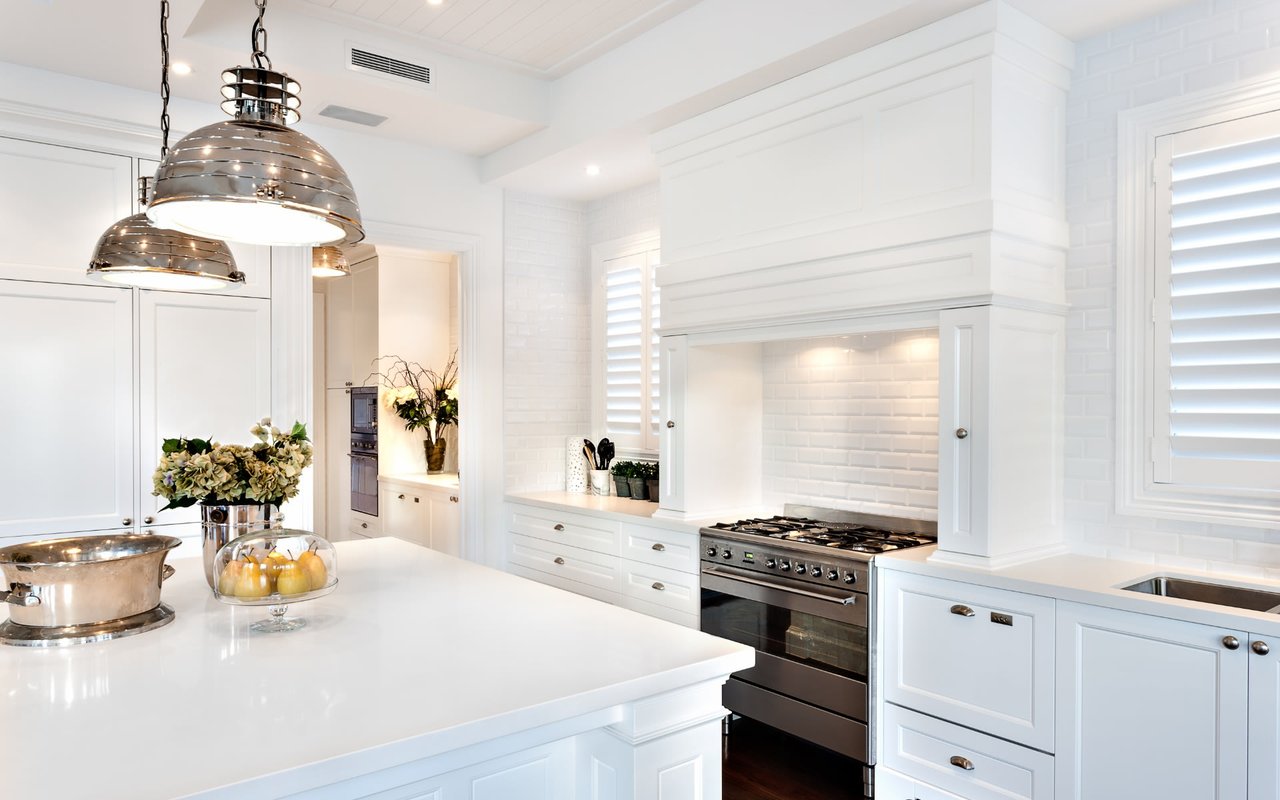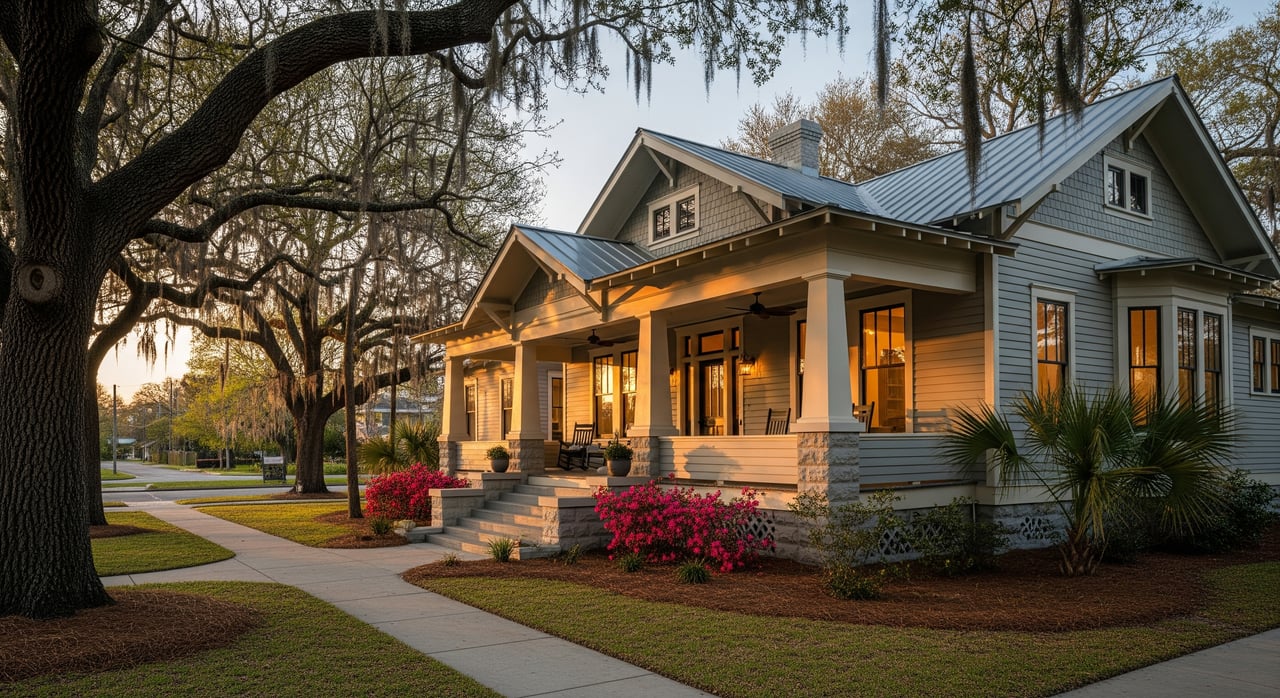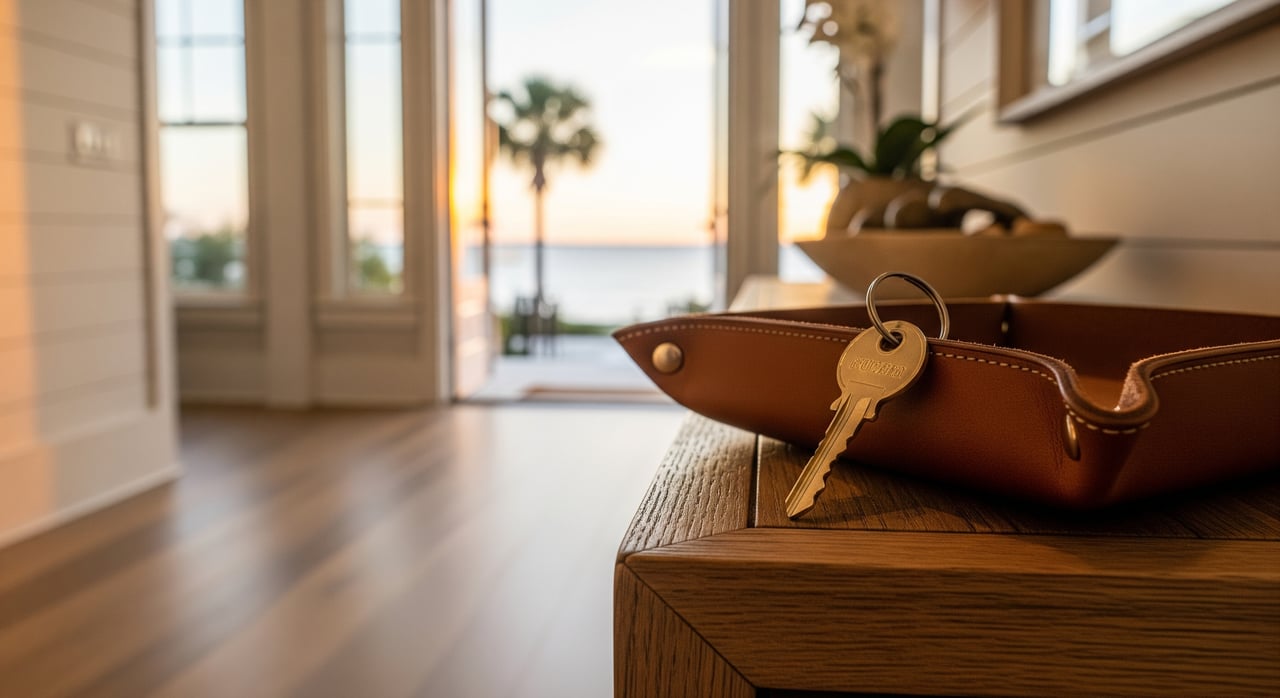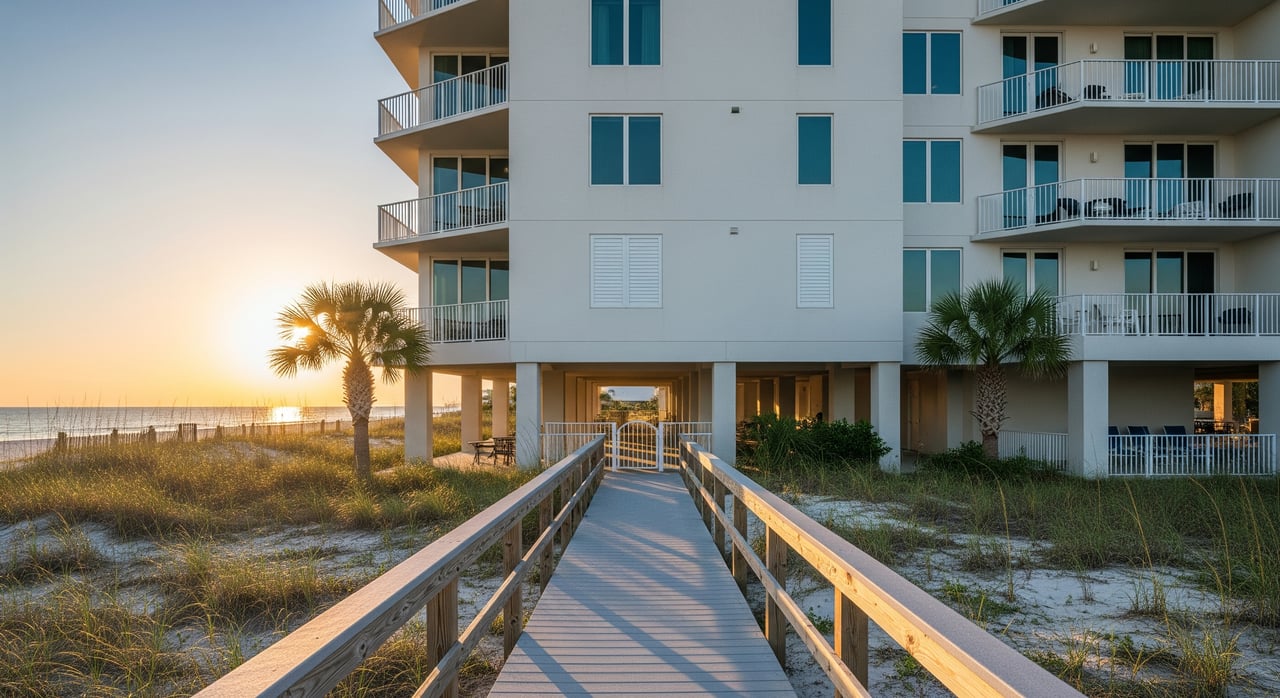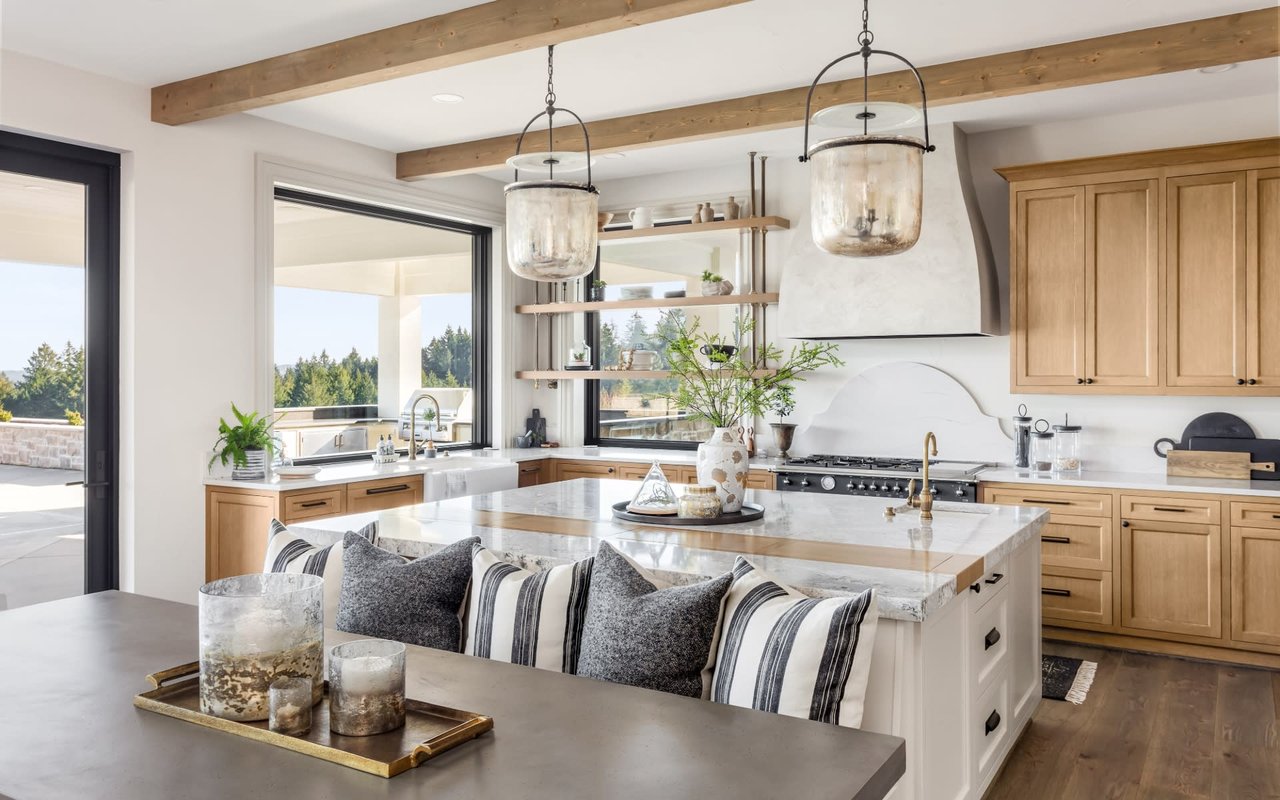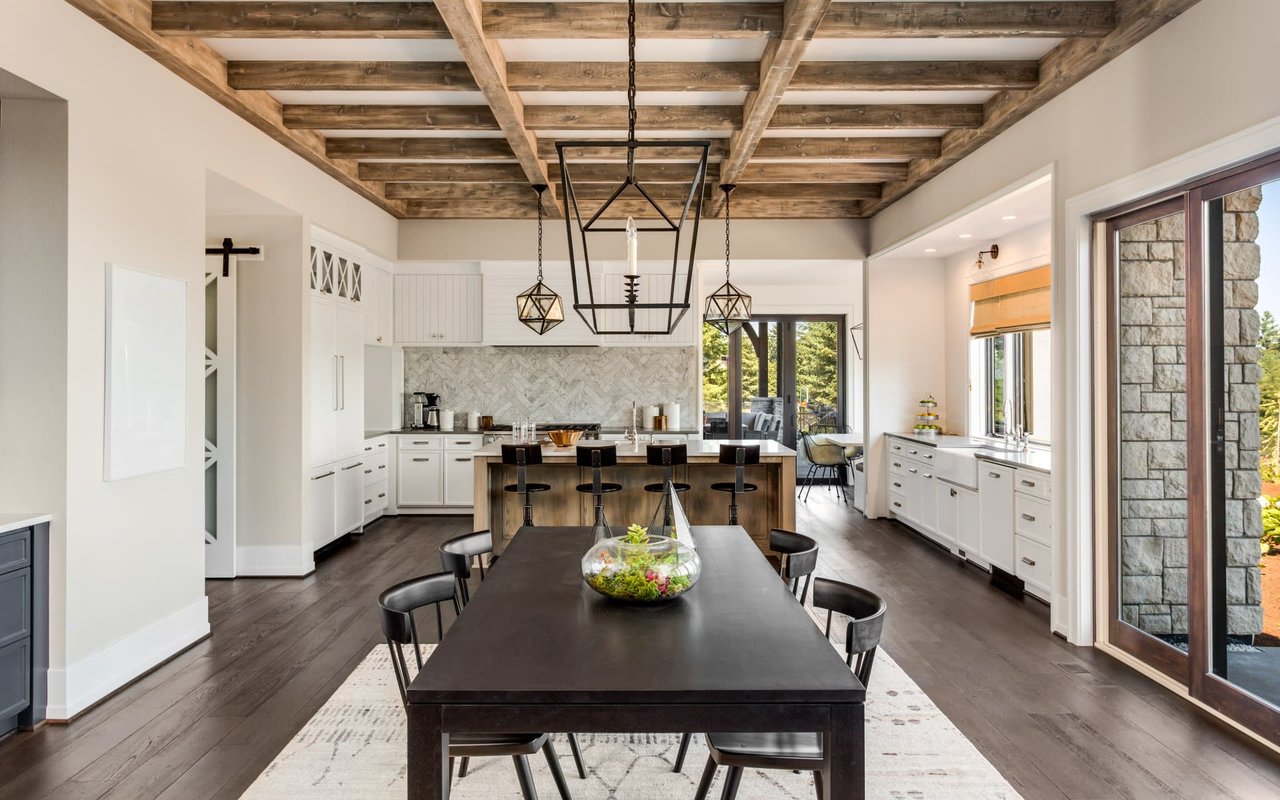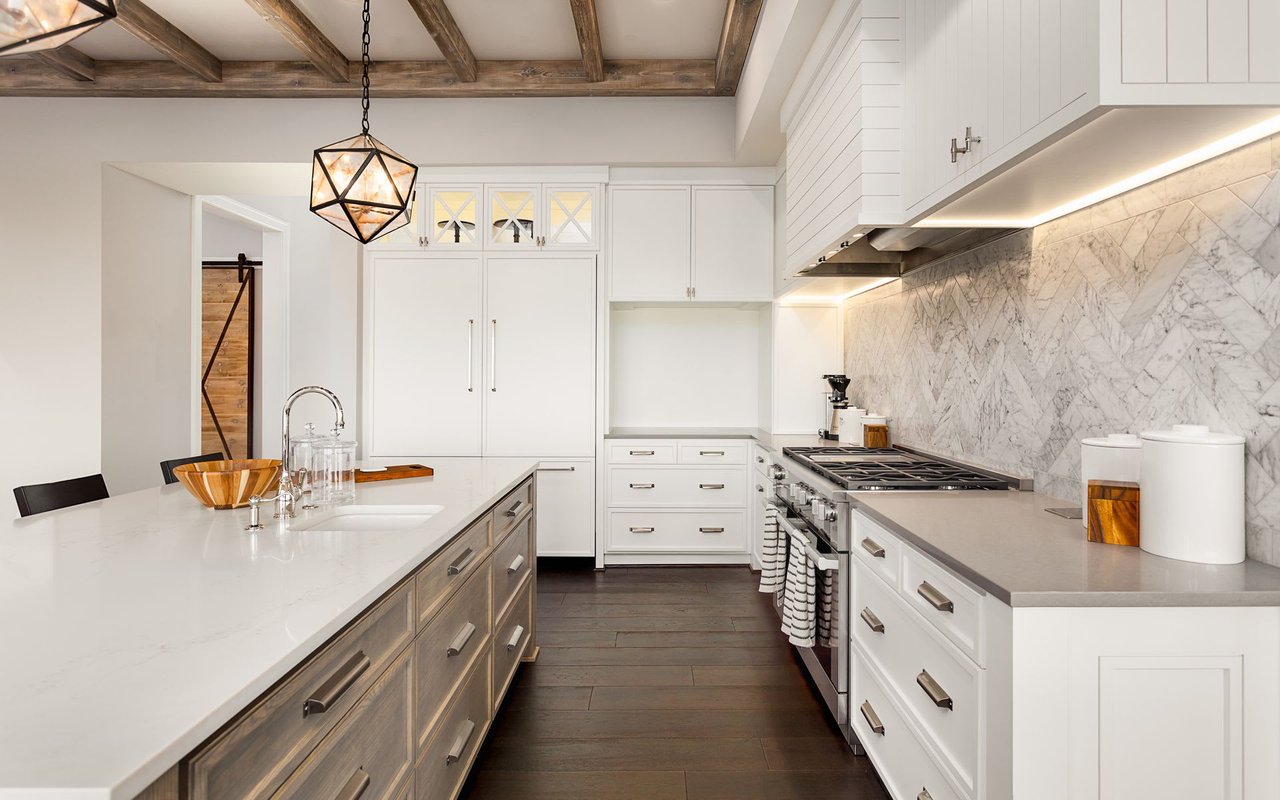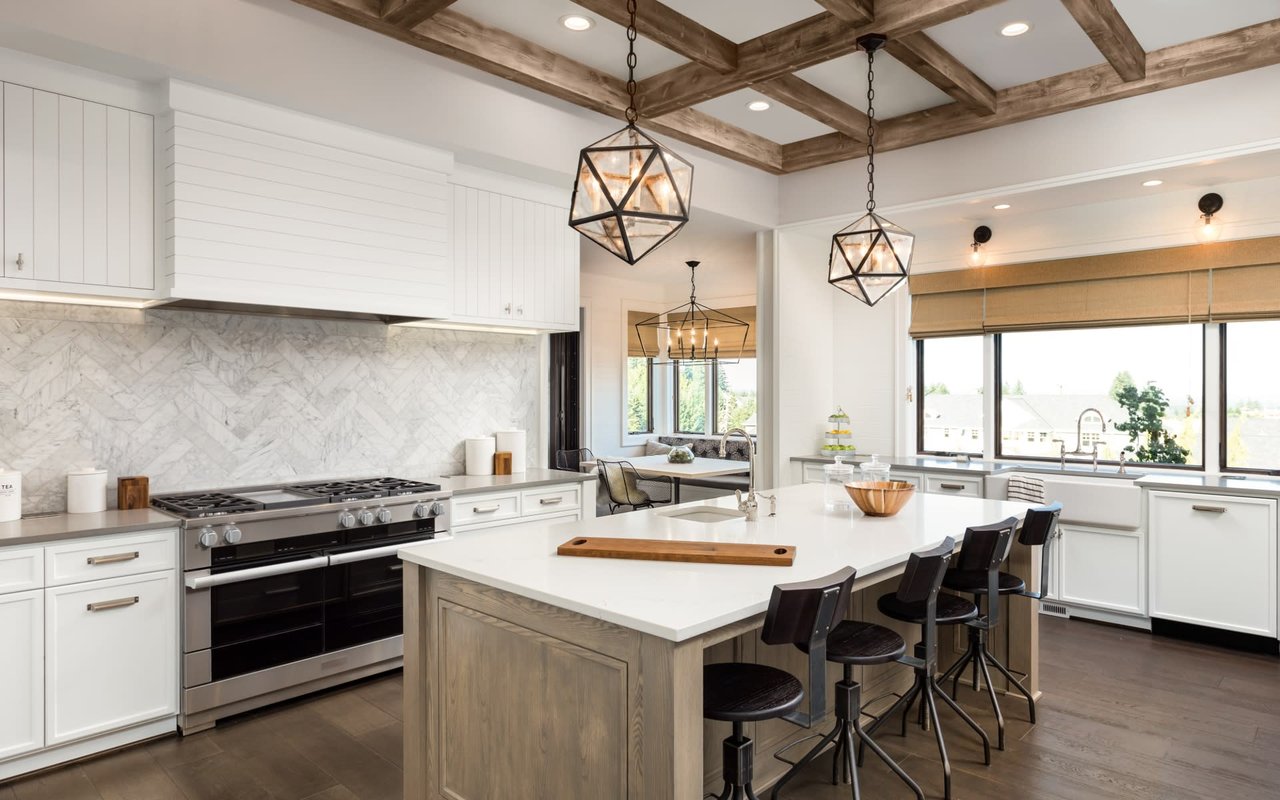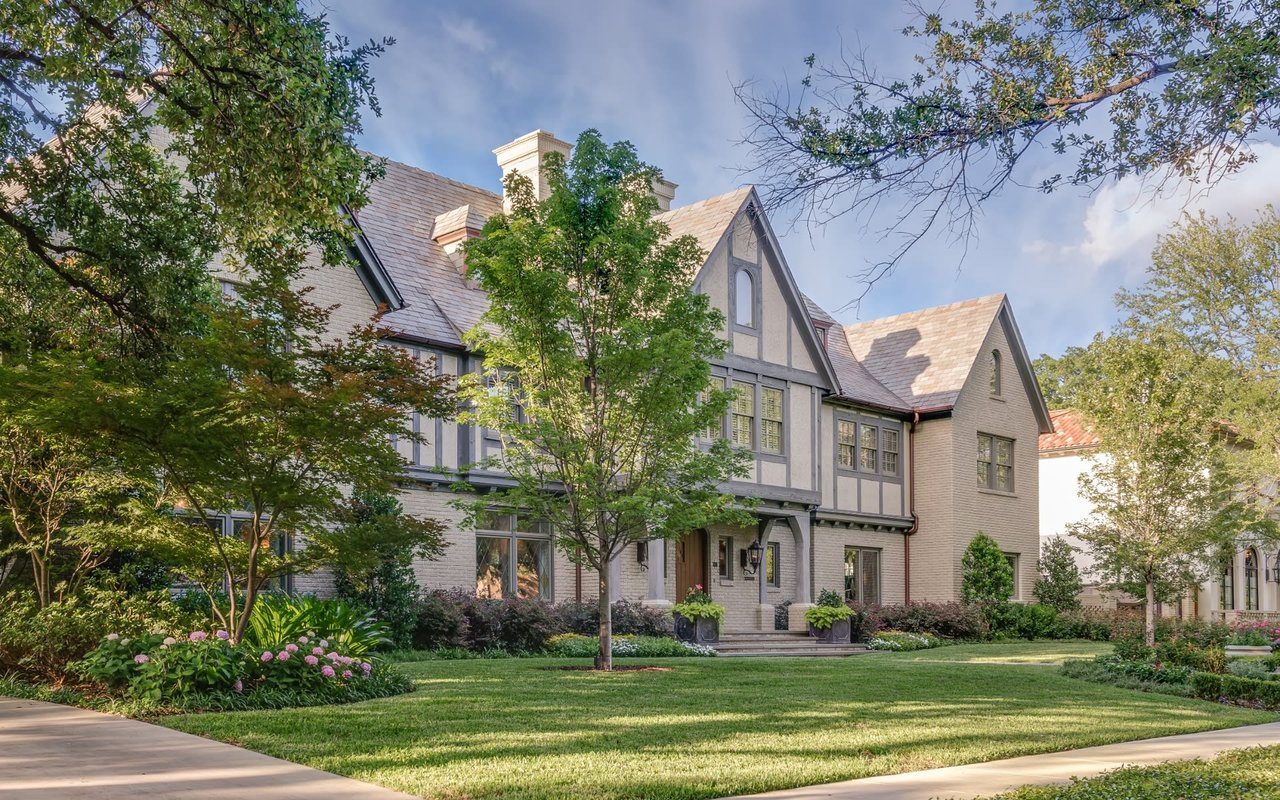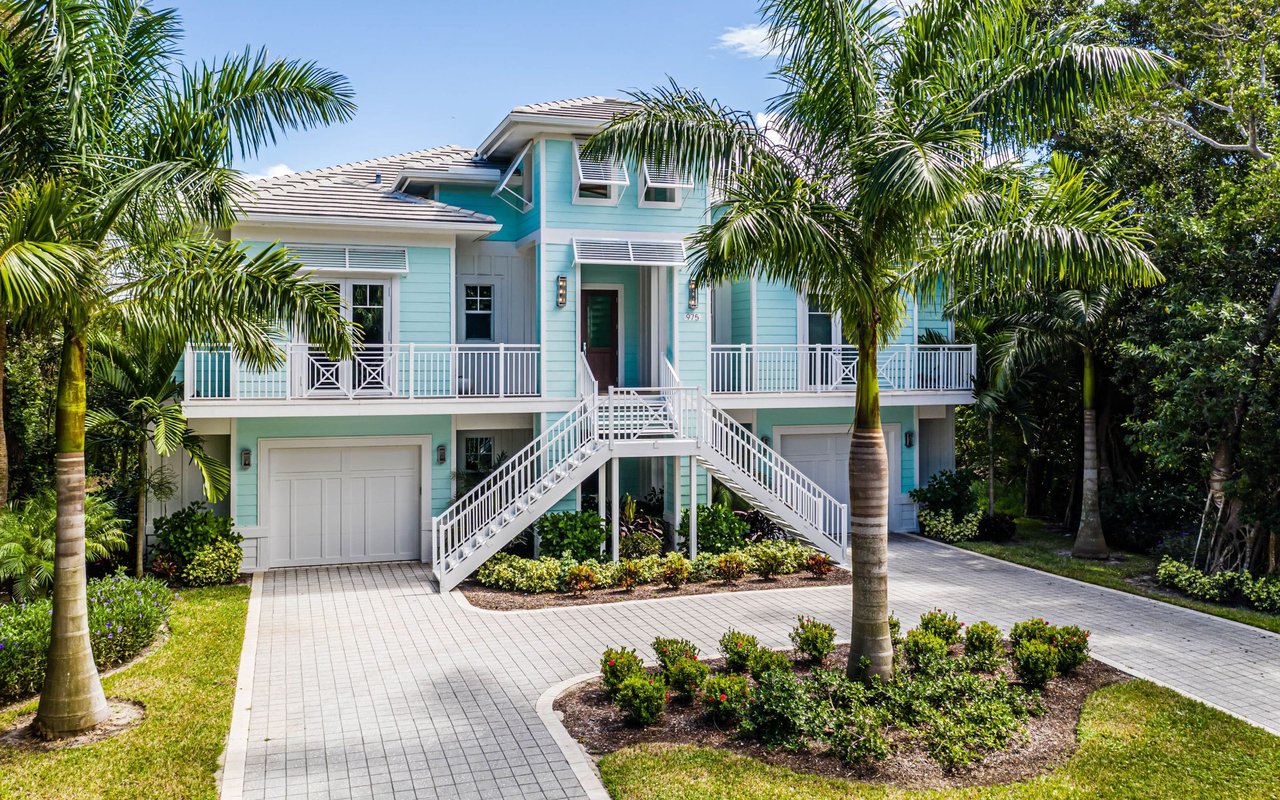Buying a home can be confusing. That is why the tips and strategies you will find in our 7-week series will set you on the right path. It’s our own unique approach and a “behind the scenes” glimpse of what you should look out for and consider when starting your own search for a home.
You’re excited to go house hunting and want to find the “perfect” home, right?
It’s easy to let your excitement or desire for a home spur you into making a rash decision or to overlook some serious red flags. You don’t want a home you’ll regret buying, so carefully weigh the pros and cons before making an offer. And of course, lean to us as your expert real estate agent to guide you through the process from start to finish (and beyond).
Some homes may seem good at first sight, but our list of hidden red flags could save you in the long run. At a minimum, least consider them before you decide to make an offer on a home.
Remember to think twice about buying a home when you see these signs:
Neighborhood
You want to buy into a neighborhood that will retain its value. How do you know? Here are some tips:
-
A lot of “For Sale” signs, rentals, and foreclosures could mean it’s not a stable neighborhood and owners want to get out if they can. Foreclosures and rentals could mean you’ll see less maintained and more unkempt property, which could drag down values.
-
If it’s a transitional-type neighborhood, make sure it’s an up and coming one and not declining. Sometimes it’s hard to tell by just looking, so your real estate agent can go over current sales activity to give you a more complete picture. Are prices going down or are they going up? How long are properties on the market? Are homes selling for more than the asking price?
Home Inspections
You know you will need to hire a qualified home inspector to examine the home to see if there are any structural and maintenance issues. You will likely bring in specialty inspectors for items such as pool, stucco, or septic systems (just as examples). Some potential problems are hidden and hard to see at first, so that’s why you want to hire an inspector(s) before you buy.
As part of your due diligence period, you’ll need to decide if anything they find is worth the time and money to fix, or if it’s time to say good-bye to the home (always lean to your real estate agent for guidance on the agreed-upon contract terms and timelines so you don’t end up in breach of contract). Your inspector isn’t going to tell you whether you should buy the home or not, he or she is only going to observe what is noticeable to their trained eyes on the day of your inspection.
Here are a few items to consider if any of these items are noted in your inspecton reports:
-
Lack of overall general maintenance. Don’t ignore this since it’s a warning sign that this home hasn’t been properly taken care of for potentially many years. And that means that major issues could be lurking.
-
Questionable fixer-uppers. Some issues are typical for the age and location of your home and not the sign of poor construction. You may not mind a typical fixer-upper with “good bones” in certain neighborhoods, but you do want to steer clear of a home that has too many issues but isn’t really that old. That’s especially true if the construction just doesn’t seem solid or sound, and if carpentry looks unfinished.
-
Do-it-yourself additions or any DIY work that isn’t up to code. If the addition looks awkward and cheap, it may very well be and could be detrimental to the home when you want to resell. Or, you’ll need to factor in the cost and time to tear down and rebuild properly. Make sure to ask for permits pulled and approvals given by the permit or building office in the jurisdiction where the home is located.
-
Active or Prior Termite Infestation. This can wreak havoc on a home. Determine how bad and how much it will cost to fix and prevent in the future. A Wood Destroying Organism (WDO) inspection during your due diligence period can help identify this, as well as trusted contractors to provide quotes on any repairs needed.
-
Cracks in the wall and sloping floors. Both could point to possible structural and foundation issues, which can be costly depending on the age of the home. You can get another inspection with a professional who specializes in foundation issues.
-
Faulty and outdated wiring. This can be a fire hazard and you’ll have to consider the cost to fix and update, and it can be difficult obtaining home insurance if electrical hazards are identified. Inspectors should check for overloaded circuits and proper grounding. If you are looking to do a lot of renovations to an older home, make sure it has enough electrical amperage coming into the home.
Hidden Problems
Sometimes you’ll walk into a room and feel like something is not right. Be a detective and examine the home carefully when looking for these signs:
-
Just one freshly painted wall could be hiding mildew, mold or water damage.
-
Too much air fresheners or scented candles could be masking a strong odor from pets, smoke, or musty mold.
-
An oddly placed rug or piece of furniture could be hiding damaged floors or carpeting.
-
Windows and doors not opening and shutting properly. Go around and open and close them to double-check (this should be covered as part of your home inspection as well).
All of these are warning signs to make you step back and thoroughly consider if you should proceed with the home no matter how much you love it. Although many things can be fixed, it really depends on your budget and the time and energy you can devote to what needs to be done.
There is no right answer here, but go into buying a home with your eyes wide open. That way you’ll have a better sense of what you are getting into and you can avoid any huge surprises down the road.
Next week our series will cover 4 Little Known House Hunting Tips. You’ll learn about two things you should always do, and two things you shouldn’t when looking at homes.

